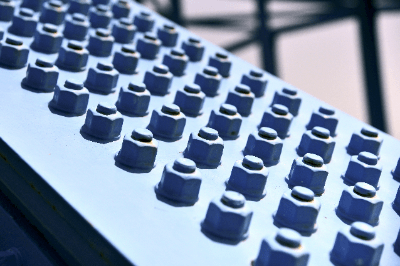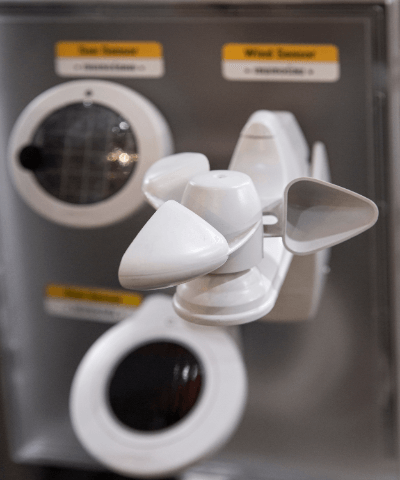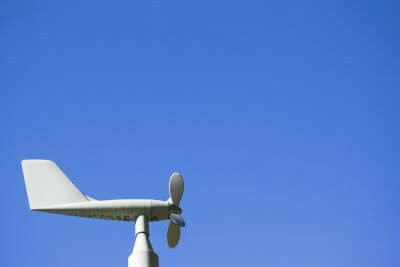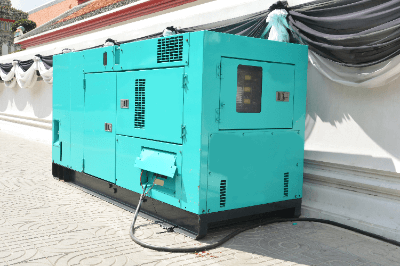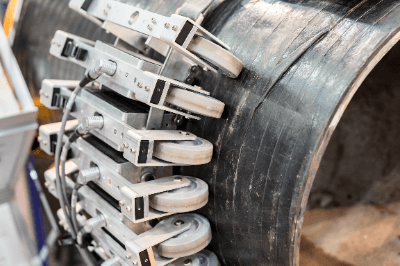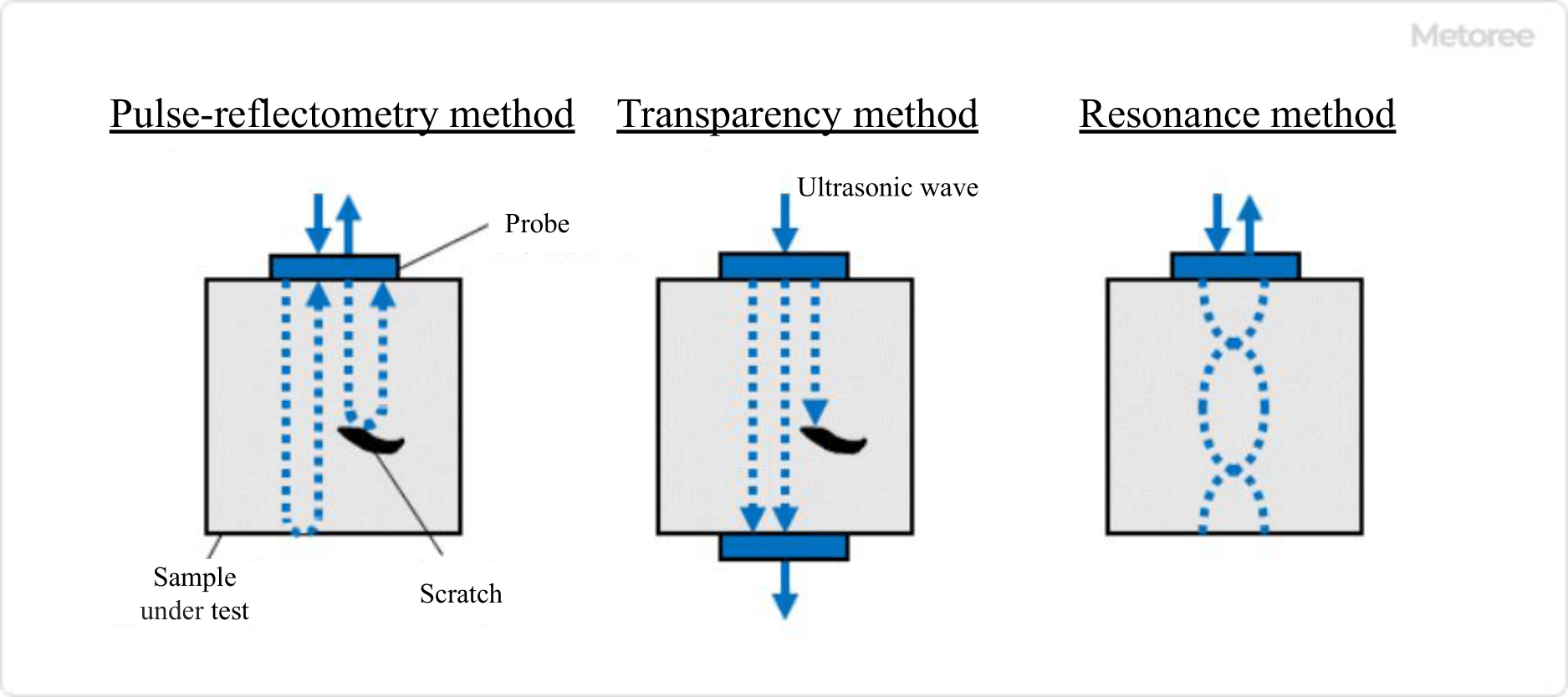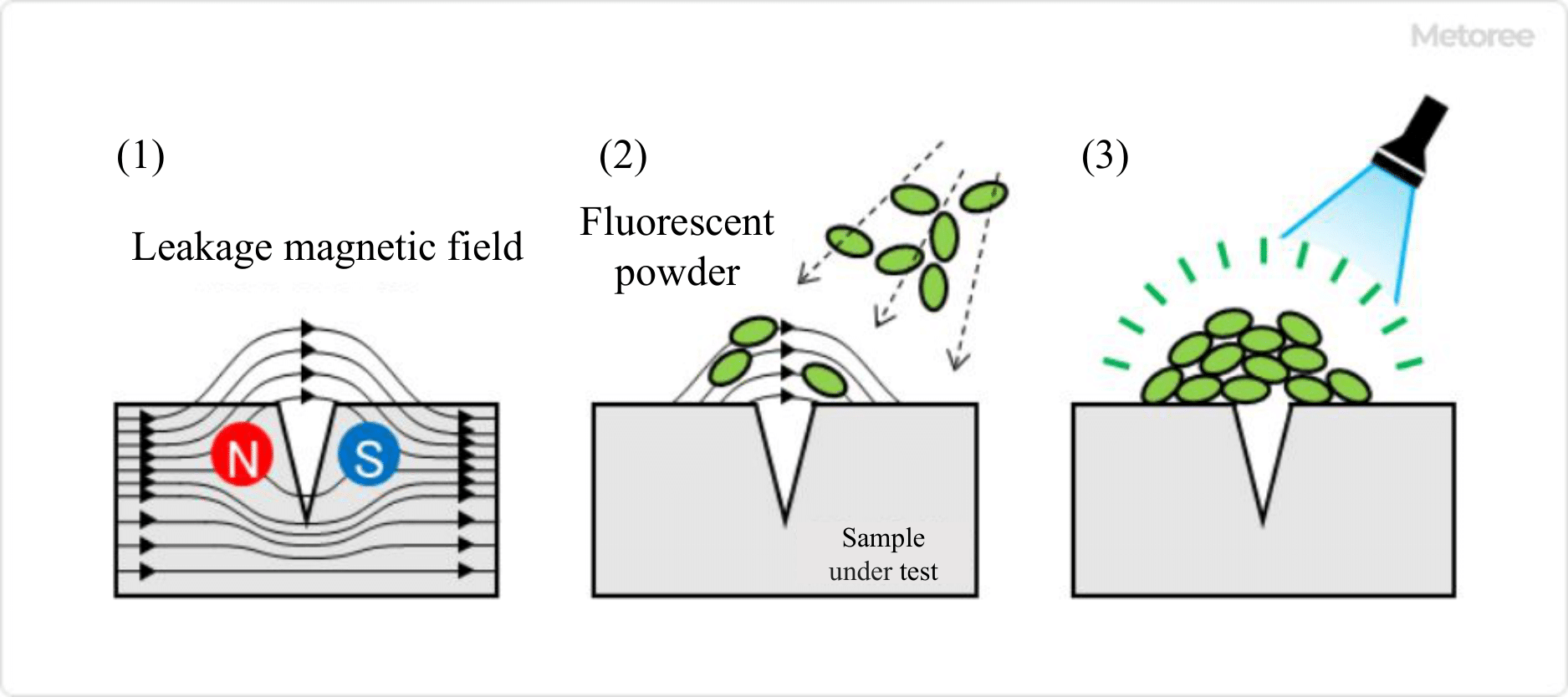What Is a Wind Turbine?
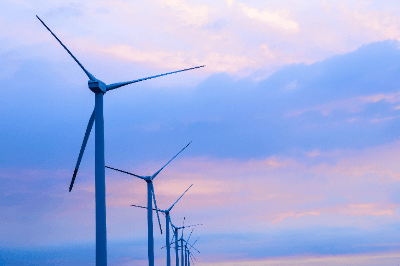
A wind turbine is a device that uses the force of the wind to turn its blades and convert that rotational power into electricity using a generator.
Unlike thermal power generation, wind power generators use only natural energy and are attracting attention as clean power generators. There are also offshore wind turbines, which are installed in the sea, providing more space than on land, and generating more stable power. They are mainly used in Europe.
Advantages of Wind Power Generation
- Environmentally friendly, as no carbon dioxide is emitted during power generation.
- Since wind power is used as energy, power can be generated as long as the wind blows.
Disadvantages of Wind Power Generation
- Noise is generated during power generation.
- Because power is generated by wind, the amount of power generated is easily affected by weather and other factors.
Introduction of Wind Turbines
Wind Power Generation Ranking by Country in the World
Wind power generation is now a globally adopted power generation method. The countries with the largest amount of wind power generators are, from the top, “China, the United States, Germany, India, and Spain” (2017).
Wind Power Installation Location Ranking by Prefecture
The ranking of wind power installations by prefecture is as follows: 1st: Hokkaido, 304 units; 2nd: Aomori, 253 units; 3rd: Akita, 210 units.
In Japan, wind power is supposed to generate 0.8% of the total amount of energy according to the 2019 Power Generation Survey. Wind power generation requires that the installation site be in an area with large tracts of land, where wind power is strong, and where there are few residents nearby due to noise and bird problems. Therefore, in Japan, where land is scarce, solar power is the most common method of generating electricity using natural energy, and land-based wind power is not very suitable.
Principles of Wind Turbines
This section describes how wind power generation works and the Principle of wind power generation. Wind power generation works by first capturing the force of the wind with large wings called blades, which return the wind coming mainly from the front to rotational force. The blades are then connected to a gearbox at the center, which uses gears to amplify the rotational force that is required for the generator. The rotational power transmitted from the gearbox is then converted by the generator and sent to the substation.
There are two types of wind turbines, depending on the direction of the blades: the horizontal-axis type and the vertical-axis type. The horizontal-axis type is a wind turbine with its blades perpendicular to the ground, while the vertical-axis type rotates parallel to the ground. Vertical-axis wind turbines are characterized by their low noise level compared to horizontal-axis wind turbines. However, because of its lower output, it is used in small-scale applications such as parks.
Wind Turbines Size
Wind turbines are defined by the International Electrotechnical Commission (IEC) as follows: products with an output of less than 1 kW are classified as micro wind turbines, those with an output of 1 to 50 kW as small wind turbines, and those with an output of 50 kW or more as large wind turbines.
1. Small Wind Turbine
Small Wind turbines are defined as those with a wind-receiving area of 200 m2 or less and a propeller diameter of 16 m or less.
2. 600kW Large Wind Turbine
For large wind turbines with a rated output of 600kW, the tower height is generally 40-50m and the propeller diameter is 45-50m.
*As a rough guide, 40m is equivalent to a 10-story office building.
3. 1,000 kW to 2,000 kW Large Wind Turbines
For large wind turbines with a rated output of 1,000kW to 2,000kW, the height of the tower is 60 to 80 meters and the diameter of the propeller is 60 to 90 meters.
*As a rough guide, 60m is equivalent to a 15-story office building.
Location of Wind Turbine
Wind turbines can be installed in two main locations: onshore and offshore.
1. Onshore Wind Turbines
Onshore Wind turbines can be installed as long as there is a large area of land where winds of a certain speed (generally 6 m/year or higher) are blowing steadily.
In Japan, these systems are often installed in the Hokkaido, Tohoku, and Kyushu regions.
When installing in Japan, the challenge is not only to harmonize with the surrounding environment but also to be able to cope with typhoons and other weather conditions. When considering the installation of a small wind turbine, it is said that an area of approximately 130 m2 is required. It is important to consider the installation area, its location in relation to neighboring residences, the natural environment, and wind conditions.
2. Offshore Wind Turbine
Offshore wind turbines are wind turbines built on the surface of a lake or ocean to generate electricity.
Compared to land-based wind power generation, offshore wind turbines can generate more wind power in a more stable manner and avoid risks such as noise and human casualties. Wind turbines are installed not only on the sea but also in lakes, fjords, harbors, and other locations.
The biggest advantage of offshore wind power is that it can harness the power of the wind without occupying valuable land resources. In addition, offshore wind farms can be built in locations where wind speeds are strong, enabling them to generate high amounts of electricity. With research and development of renewable energy sources becoming more active, there are high expectations for offshore wind power generation as a power generation method that will play a key role in supplying energy for the next generation.
The growing popularity of offshore wind power is due to growing global interest in decarbonization, and Japan needs to increase its generation of renewable energy if it is to achieve the goal set in 2020 of reducing greenhouse gas emissions to virtually zero by 2050.
Generally speaking, renewable energy sources include hydroelectric power and solar power, but the amount of power generated by these sources depends on the amount of rainfall and sunlight (time of day), respectively. Wind power generation can compensate for the weakness of solar power generation because it can generate electricity stably even at night.
However, wind power generation cannot generate power during periods of low wind or when typhoons pass, so it is important to supplement it with other power generation methods rather than relying on one method alone. Increasing offshore power generation will help eliminate fossil fuel power plants and contribute to achieving the goal of reducing greenhouse gas emissions to nearly zero by 2050.
The biggest disadvantage of offshore wind power is its high cost. The initial investment and maintenance costs for offshore wind power are much higher than for onshore wind power. Another disadvantage is the potential for negative environmental impacts. There are concerns about noise, deterioration of the landscape, and impact on marine life.
Floating Offshore Wind Turbine
There are two types of offshore Wind turbines: the “implantation type,” in which the generator is fixed to the seafloor, and the “floating type,” in which the generator floats on the seafloor.
The implantable type is limited to shallow waters, but it is robust, and large generators can be installed. On the other hand, the floating type is limited in size and efficiency but can be installed in large numbers in any location.
In Europe and the United States, the implantation type is the mainstream. On the other hand, floating wind turbines, which have fewer restrictions on installation location, are beginning to attract attention in Japan because they can increase the amount of power generated by offshore wind turbines in deep water near the coast. The installation of floating wind turbines has many challenges in terms of cost and power transportation, and further research is needed.
